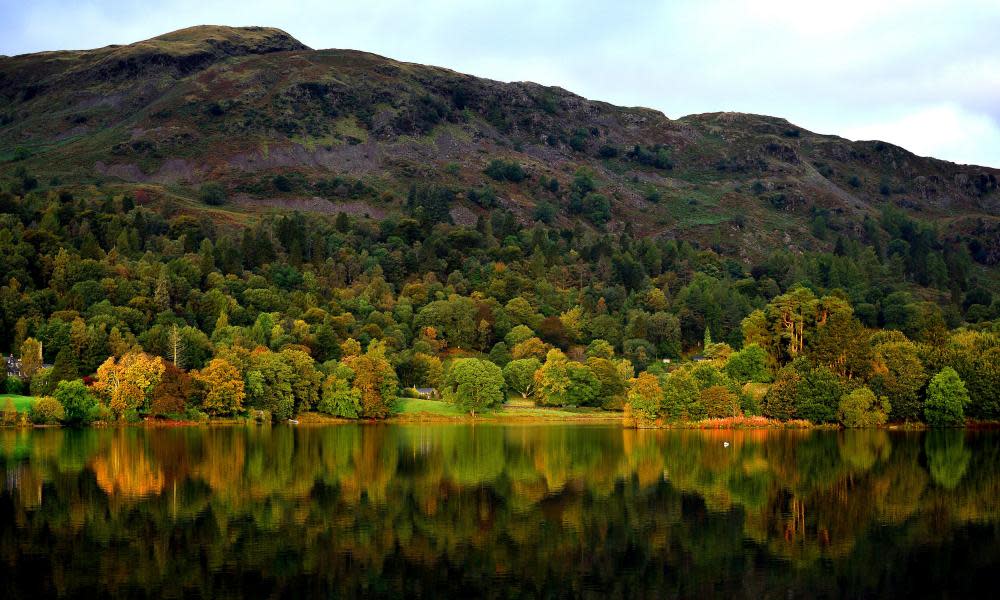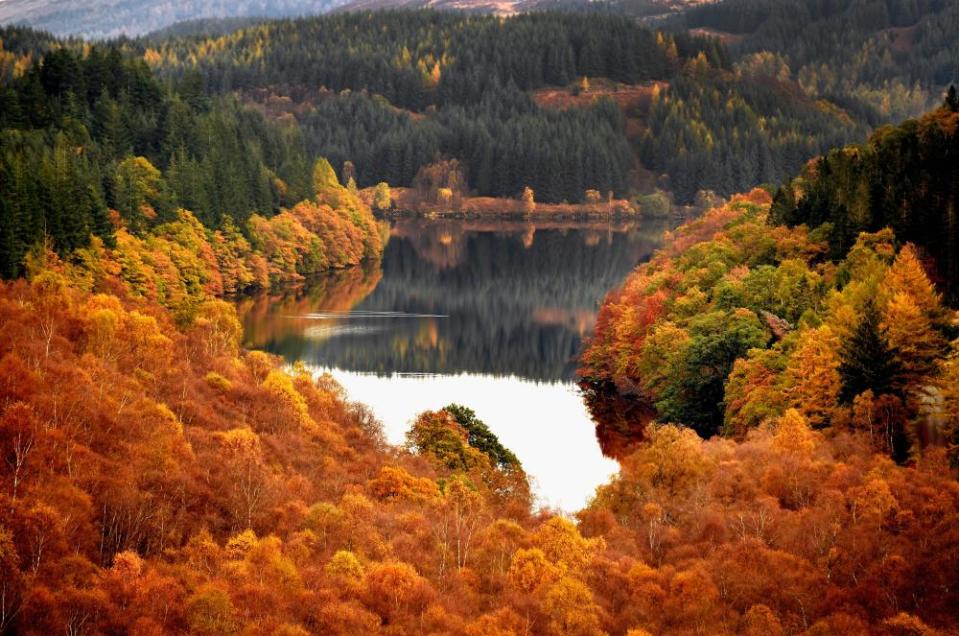Long hot summer means we should enjoy spectacular autumn colour

Autumn colour is perhaps the most striking of nature’s seasonal displays, but the vividness of the annual spectacle is largely dependent on good environmental conditions. This year, following a fine summer and with an Indian summer predicted, we look to be on course for a dazzling display that could trump recent years and extend well into November.
Shorter daylight hours and colder nights are what trigger leaf drop – or senescence – but frost, like rain, can damage leaves and cause early leaf fall. Plenty of sunshine is needed to encourage concentrations of colour pigments which help to intensify leaf colour.
2018’s cold spring and hot summer will have helped ready the leaves for a beautiful autumn display, but it also hinges on what the weather does now. If it cools and we get cold nights, that will contribute to good leaf colour.
Autumn bulbs have also had a good baking in the sun and are giving a fine display this year. The cold spring also held back flowering which means fruit has set, so many hedges are looking colourful with berries.
The long hot summer has also resulted in a “fake fall”, where plants such as elderberries yellow and drop because of extreme summer stress. But we’re unlikely to see a real flurry of colour before mid to late October, although the impact of climate change means it has happened later in recent years.
The process of plants transitioning into shades of reds, yellows and oranges is hotly anticipated by gardeners and dedicated “leaf peepers” around the world. It’s said to be worth a staggering $1bn to the US state of Wisconsin alone.
It might seem counterintuitive that while we prepare to reacquaint with jumpers, gloves and woolly hats, trees are preparing to shed this year’s leaves, something known as leaf senescence.
Here’s why.
Leaf senescence is an “altruistic death” allowing the degradation and redistribution of nutrients produced during growth back to other parts of the plant. This strategy evolved to maximise the fitness and survival of the plant. Leaf senescence is highly complex, involving multiple genes and numerous biological, chemical and physical processes.
And at the heart of it all is a pigment called chlorophyll. Chlorophyll is what gives leaves their green colour, absorbing and reflecting different hues from the colour light spectrum, as seen in a rainbow. In leaves it absorbs mainly red and blue light, reflecting green, and it is this reflection that makes leaves appear green to the human eye.
But as well as providing a lustrous green sheen, chlorophyll is also an essential component of photosynthesis, which is arguably the single most important chemical process on our planet. Using energy from sunlight, chlorophyll strips electrons from water molecules, which then convert carbon dioxide into carbon compounds and produce oxygen, which is essential for life on earth.
In autumn, chlorophyll, mainly in deciduous plants, is slowly broken down and reabsorbed by the plant, diminishing the green colour of the leaves. It is this reabsorption that ensures they spring back to life the following year.
As chlorophyll is broken down, pigments called carotenoids and flavonoids are revealed and it is these, again, through the absorption and reflection of different colours from the light spectrum, that are responsible for the yellow and orange hues of leaves. Sugar concentration in the leaves also increases anthocyanin production, which causes some leaves to turn a shade of red.

Sweet gum and acers can almost always be relied upon for good colour but some trees, including alders, show little change. What tends to make the difference in gardens is the reaction of our more proliferate native trees, such as oak, and whether they take on stronger yellows or more placid browns.
Back on ground level, late flowering bulbs like nerines and crocus are also giving a bold display having benefitted from a good baking this summer.
Although autumn colour is largely beyond the control of gardeners, you can increase the probability of good results by maintaining healthy plants and buying cultivars well known for their hues and all-important pigments.
• Prof Alistair Griffiths is director of science and collections at the Royal Horticultural Society

 Yahoo News
Yahoo News 
